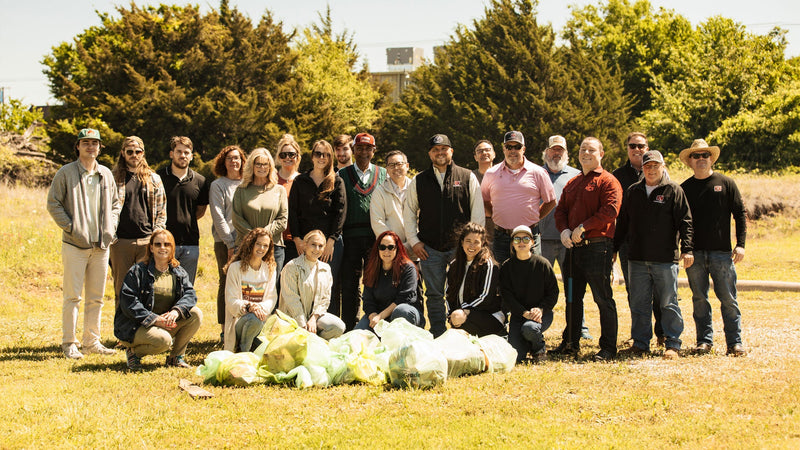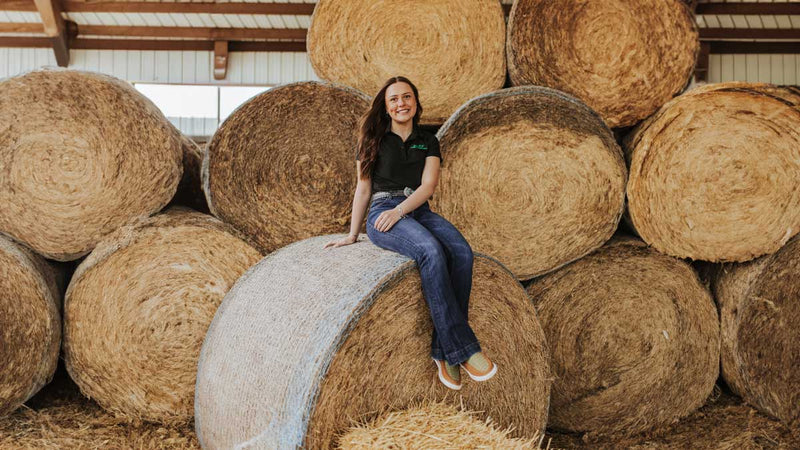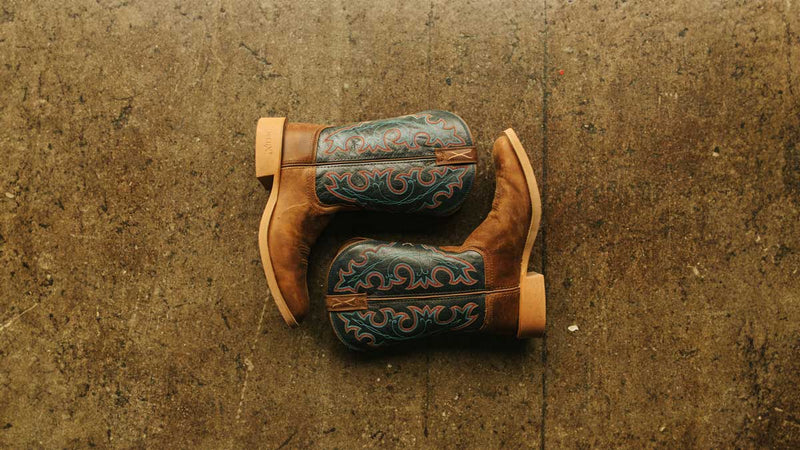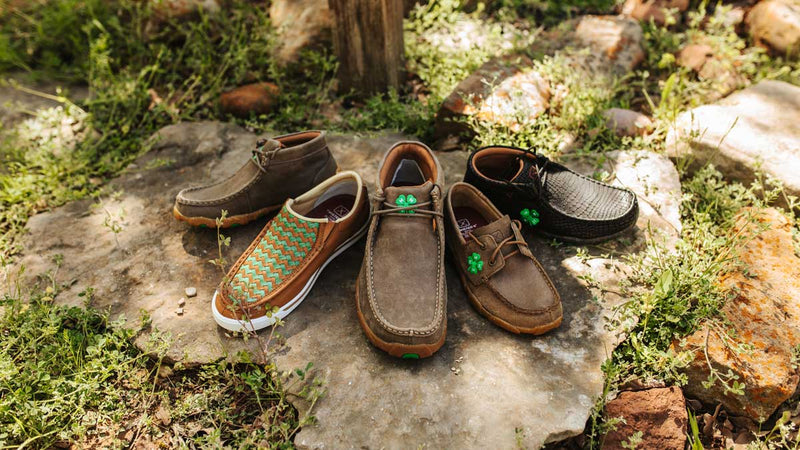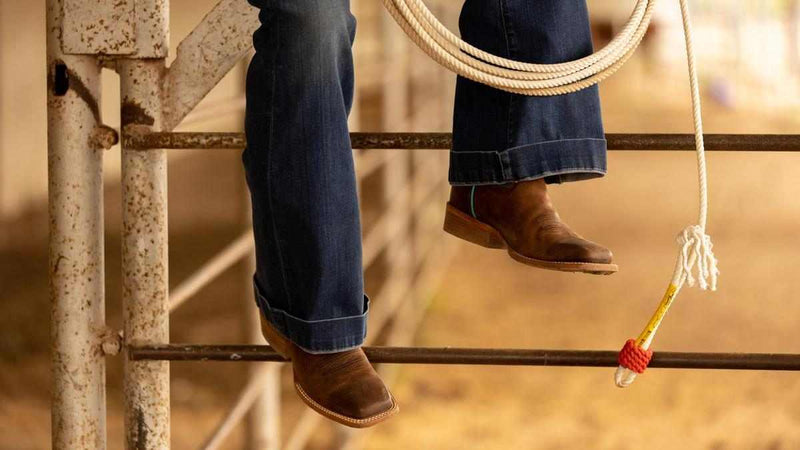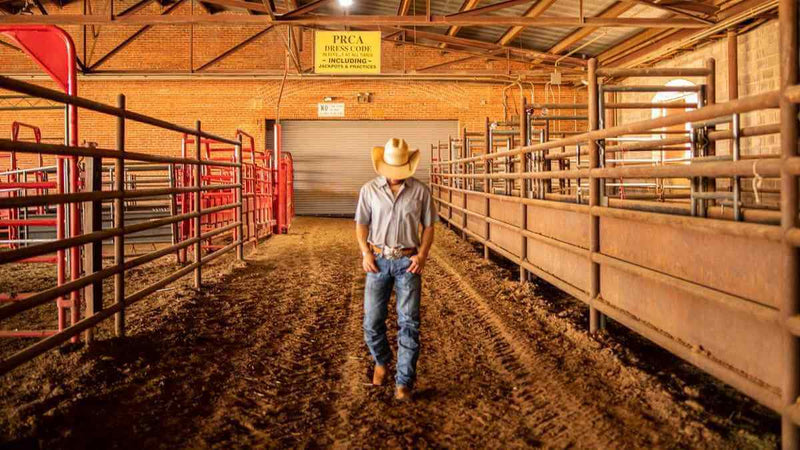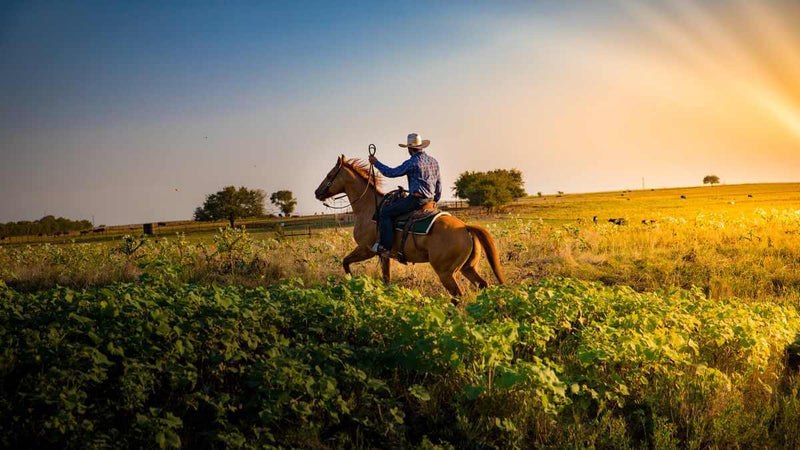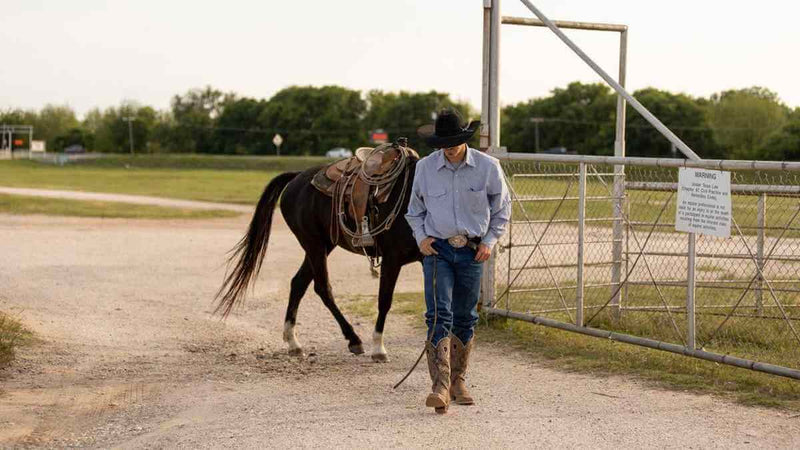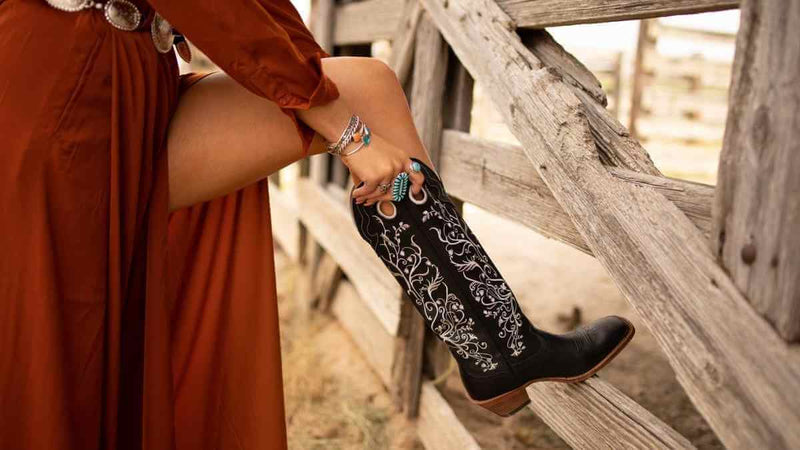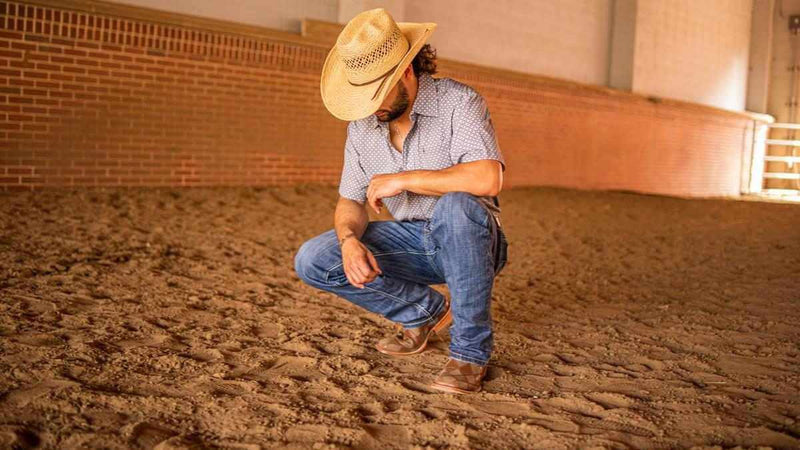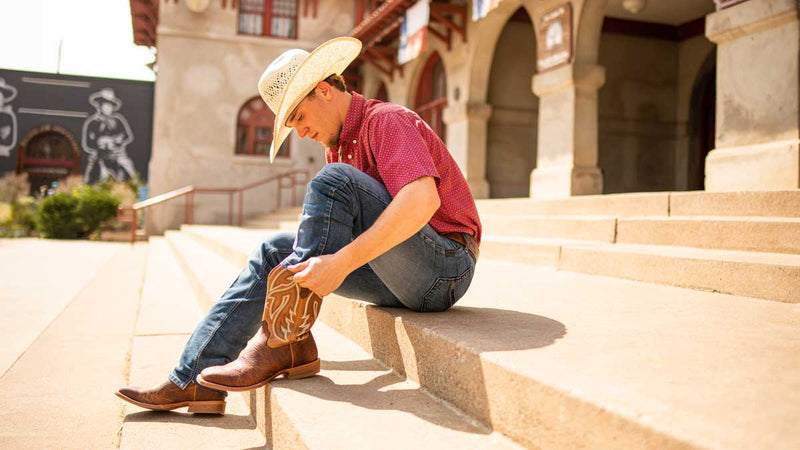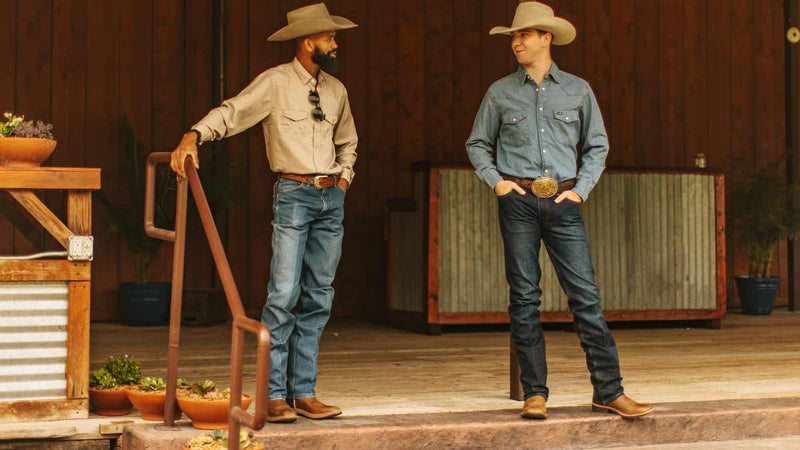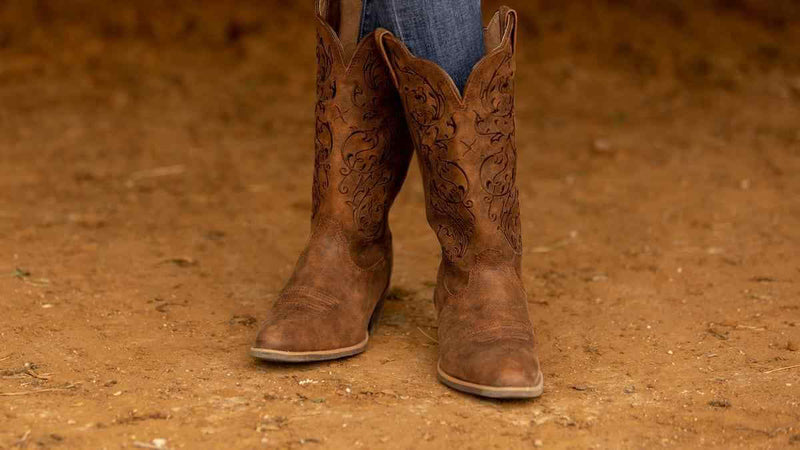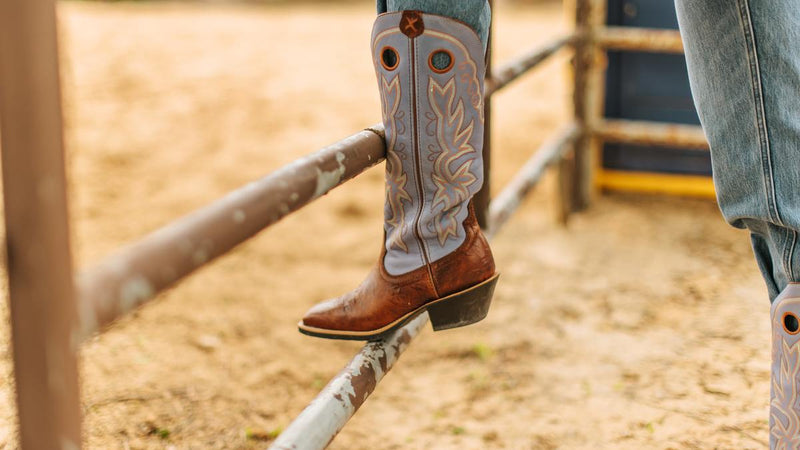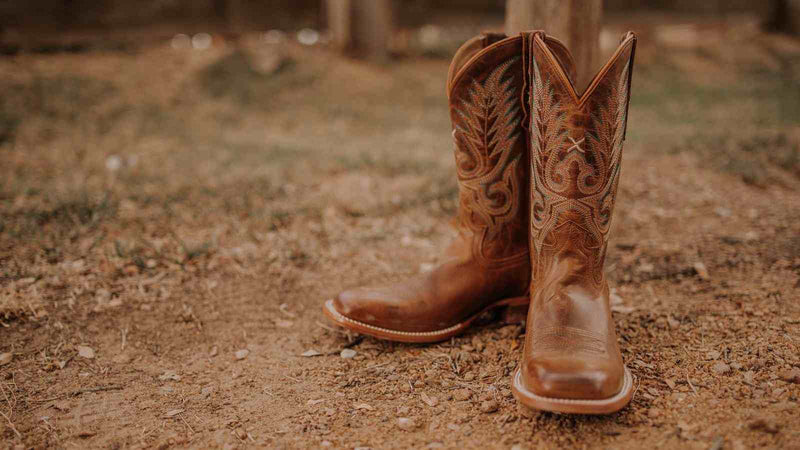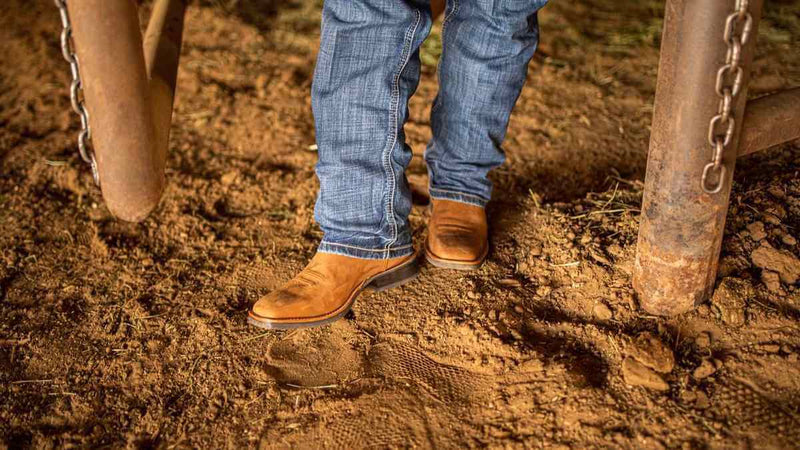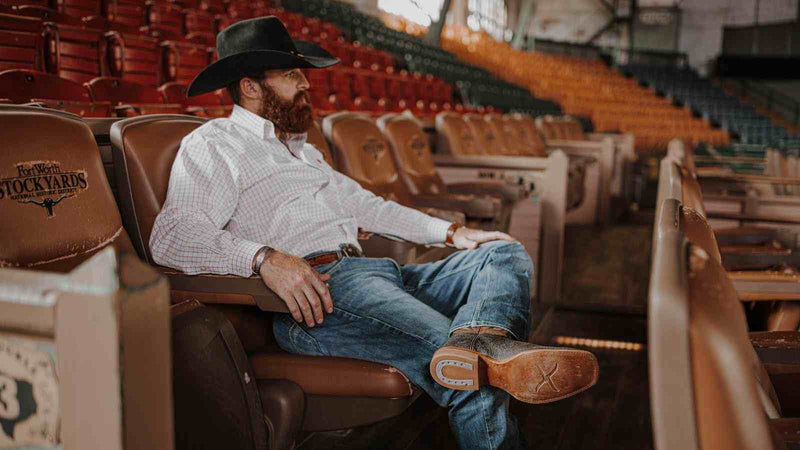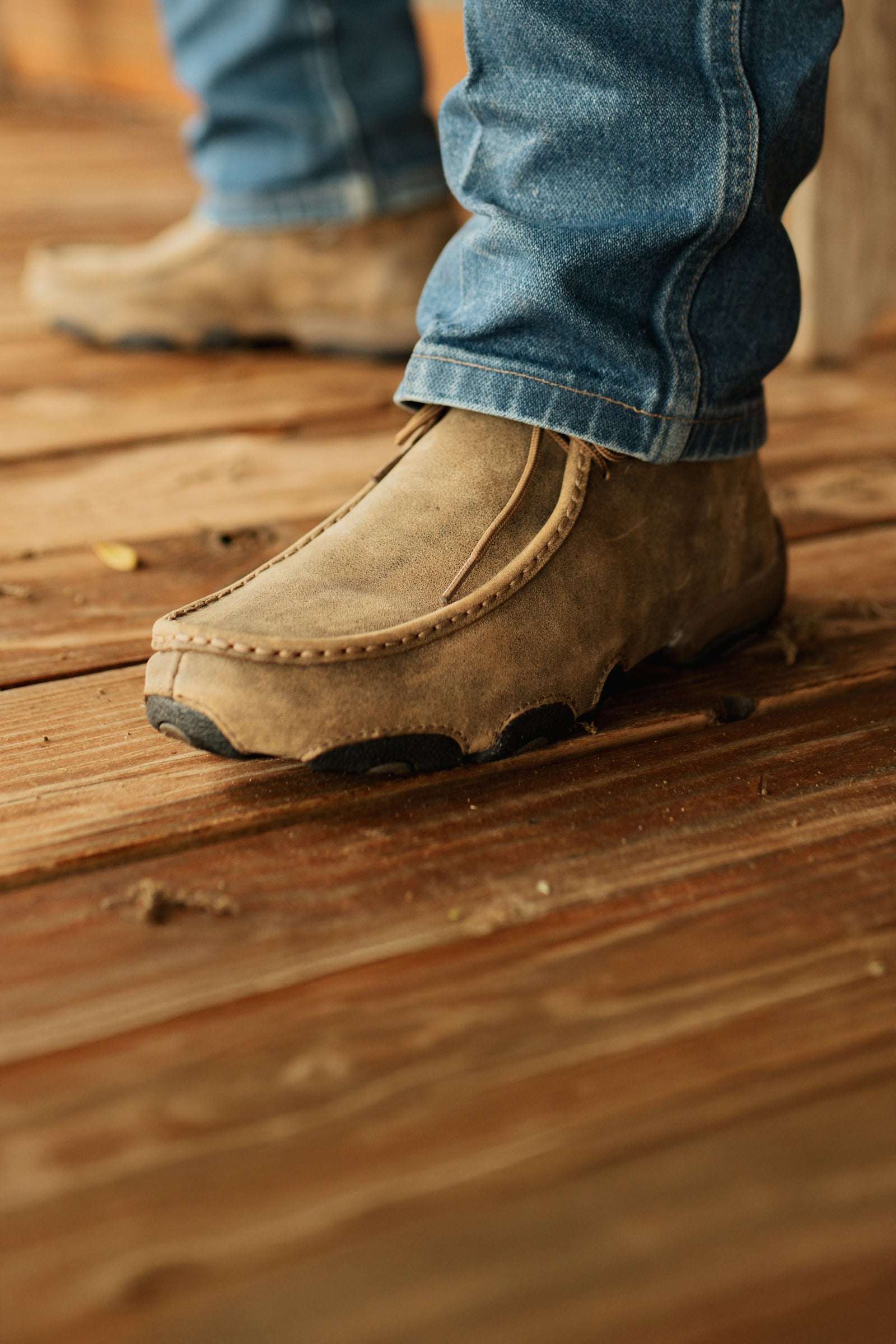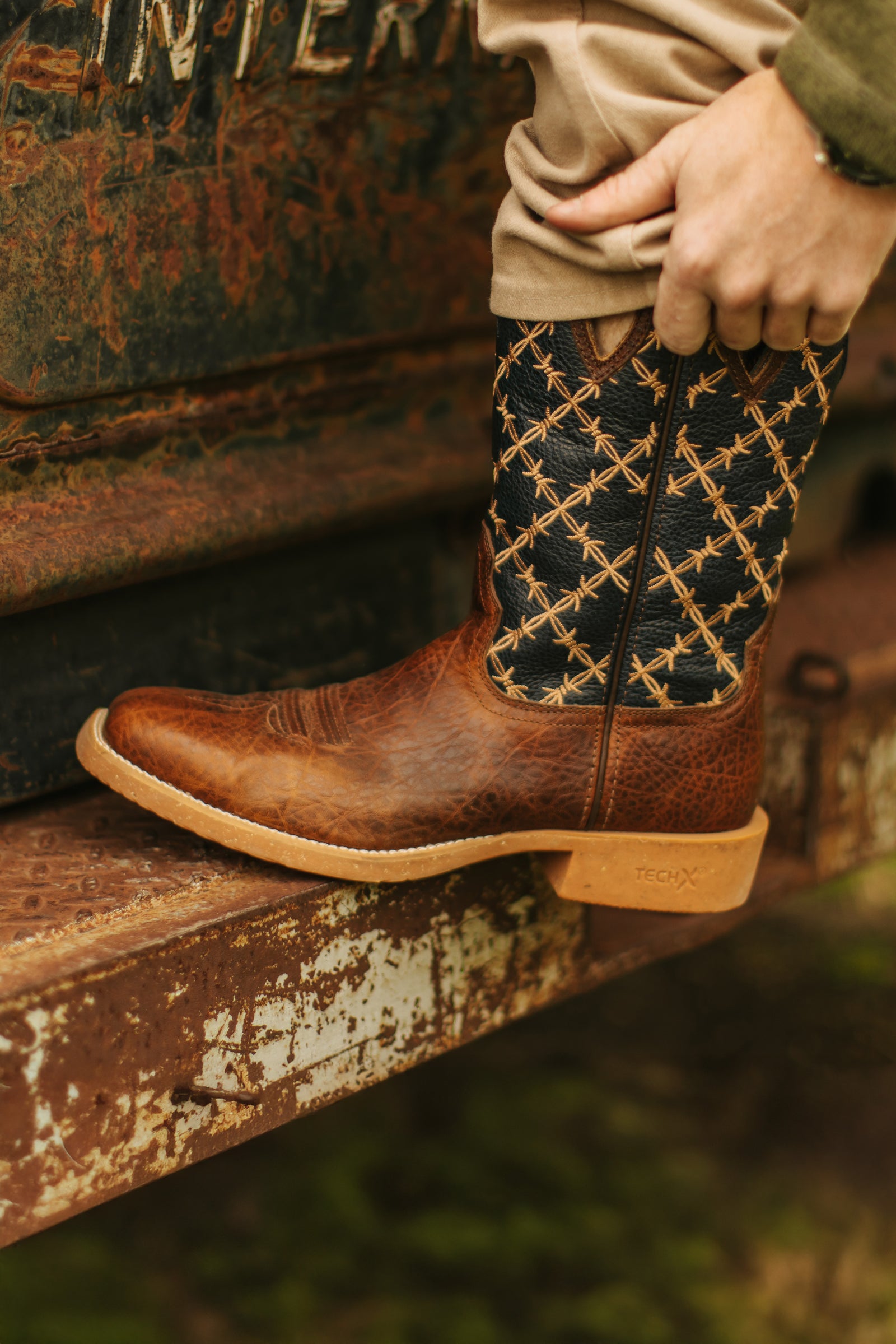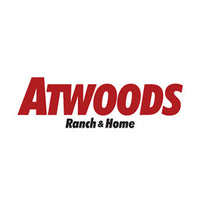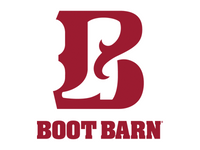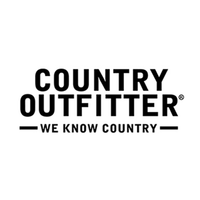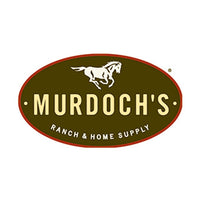Rachel Grace has dedicated her life to living holistically with the Earth. We asked her to share her story and what the future of sustainable and regenerative farming can look like.
Growing up on a small, Midwest farm taught me what it was to live ON the land but it wasn’t until I was older that I truly understood what it meant to live WITH the land.
Each one of our impacts introduces a ripple effect of change, touching every facet of life from the vast herds of cattle on the grasslands, down to the smallest microbe living in the seemingly inert soil those cattle graze on.
Loving the land is to care for but more importantly understand how soil is the foundation for everything, plants, infrastructure, our health, and yes - even the environment. We cannot afford to trade the needs of tomorrow for “quick fix” solutions of today. Sustainable and regenerative methods are not merely concepts on the fringes of possibility as they once were, unattainable either by feasibility, profitability, or investment capital needed.
Our land is a finite resource and honoring the symbiosis of nature is the only way we can ensure it remains a fertile land of plenty for years to come.
My whole perspective shifted once I realized just how attainable and symbiotic these “new age” practices actually were - because the reality is, we’re not doing anything that nature didn’t already do by itself for thousands of years.


The spark for the regenerative movement blossomed as I saw with my own eyes how it transformed landscapes from things barely alive to thriving, diverse, and bountiful ecosystems restoring more than the environment.
I’ve experienced how building your connection to not only your food system but also to the land can radically transform your health, both mind and body. Living on a small ½ acre currently means my own personal practice of regenerative methods is focused on my garden, composting scraps, practicing no till, reducing bare soil, companion planting to support a synergistic garden, and limiting the need for excessive harmful additives.
However, supporting this movement of sustainability and regeneration goes beyond owning a farm or ranch yourself (although wouldn’t that be the dream) or even having a garden, it’s something each and everyone of us can support in our day to day lives. The choices we make on who to support with our purchases or recommendations to friends and family can bolster the growing movement of sustainability and regeneration.
I believe our support has the power to create the change needed, for the land, environment, animals, and people that are dependent on it. Family farms turning to rotational grazing practices for their beef cattle, crop farmers utilizing cover crop planting and no till methods, a company with sustainable goods made from recycled materials, and even your neighbor with the small chicken tractor selling eggs at the farmer’s market, these are the people in the community that need our support.
Be an advocate, seek out those who practice sustainability in their business, and don’t be afraid to have the conversations or ask the hard questions. It’s in those moments where I’ve learned the most and walked away with an even deeper appreciation for what it means to #LoveTheLand.
Learn more about Twisted X's Love of the Land and commitment to creating comfortable and durable sustainable footwear. Find a local Twisted X retailer near you.

















